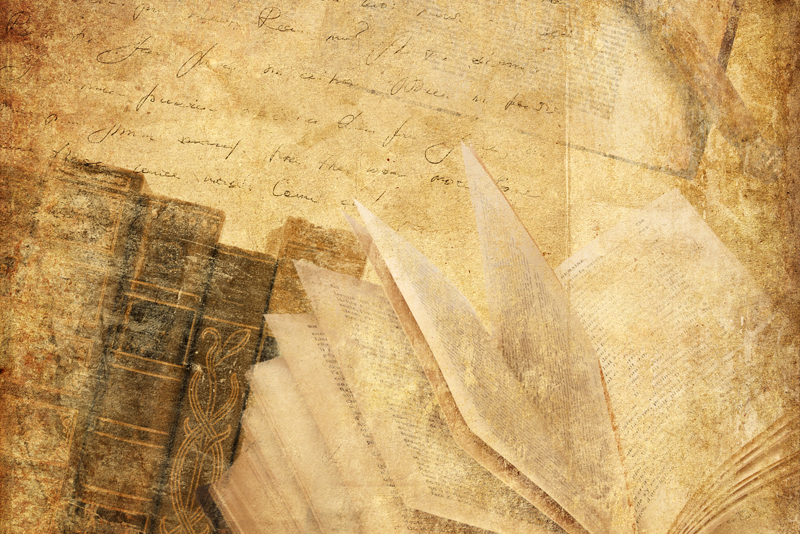Useful Sewing Tips

All sewers of any level from beginner on up to that’s-amazing-how-did-you-learn-to-sew-so-well will acquire favorite sewing tips along the way. Sharing those tips and teaching others the value and practical joy of sewing is immensely satisfying. Much like a painter sharing the intensity of their art to a budding artist, or a music teacher passing along their passion for composition and song to their students or a writer sharing with others their techniques for assembling a logical narrative, a sewer will readily share their best tips and even worst failures to any who are attentive and want to learn.
Sewing tips (help, hacks, techniques, tricks and inspiration) can be found just about anywhere. On the inside packaging of notions, among the pages of glossy sewing magazines, online at specialty sewing groups on just about any social media platform (Facebook, Pinterest, blogs and content sites etc.) and numerous online tutorials, videos, online classes and more.
Every sewer has their favorite tips for sewing. Here are just a very few that are easy to remember, economical and practical:
Machine bobbin end-of-thread warning – hold a washable marker, any contrasting color to the thread, to mark a few inches of the thread as it begins to wind onto the bobbin. When sewing, as soon as the marking color eventually starts to show, use this visual clue to stop and refill the bobbin.
Pattern weights – on a trip to the hardware store look for thick heavy metal round washers, flat on both sides, about 1 and 1/2-inches or slightly larger in diameter. They are only a dollar and change when purchased in a package of several or for just pennies one at a time. Great for keeping fly-away tissue patterns flat onto fabric so cutting out a pattern piece as it lays onto fabric is a breeze and no distortion with pinning along seam lines.
Purchased pocket potholder – keep scissors and rotary cutters in the pocket of the potholder for cushy protection when not in use. More than one scissor or rotary cutter can be kept in the pocket. Nice to sew-your-own pocketed potholder, however just as easy, quick and inexpensive is to find the potholder in the kitchenware section of stores.
Press cloths – just about any light-weight cotton or muslin square will do, however it is often hard to see what tiny seam, hem or dart may be under the press cloth. A large square of silk or organza is translucent enough to allow a clear view of what is being pressed.
Binder clips – plastic, colorful Wonder clips are a delight to use for sure, however regular inexpensive office binder clips work in a pinch to secure layers of fabric edges and come in a variety of sizes as an alternative to straight pins.
Making a muslin – have expensive fabric and want to make a muslin test garment to be sure of fit, make the lining do the work of the muslin test instead. A great time saver is to use the lining in place of making a muslin. Use hand basting stitches to mark any fitting alterations on the lining or a heat-erasing disappearing fabric marking pen.
Sewing tips help to solve troublesome procedures, are usually economical, and do help improve and add to our continuously learning sewing skills.
Sew happy, sew inspired.
Sewing tips (help, hacks, techniques, tricks and inspiration) can be found just about anywhere. On the inside packaging of notions, among the pages of glossy sewing magazines, online at specialty sewing groups on just about any social media platform (Facebook, Pinterest, blogs and content sites etc.) and numerous online tutorials, videos, online classes and more.
Every sewer has their favorite tips for sewing. Here are just a very few that are easy to remember, economical and practical:
Machine bobbin end-of-thread warning – hold a washable marker, any contrasting color to the thread, to mark a few inches of the thread as it begins to wind onto the bobbin. When sewing, as soon as the marking color eventually starts to show, use this visual clue to stop and refill the bobbin.
Pattern weights – on a trip to the hardware store look for thick heavy metal round washers, flat on both sides, about 1 and 1/2-inches or slightly larger in diameter. They are only a dollar and change when purchased in a package of several or for just pennies one at a time. Great for keeping fly-away tissue patterns flat onto fabric so cutting out a pattern piece as it lays onto fabric is a breeze and no distortion with pinning along seam lines.
Purchased pocket potholder – keep scissors and rotary cutters in the pocket of the potholder for cushy protection when not in use. More than one scissor or rotary cutter can be kept in the pocket. Nice to sew-your-own pocketed potholder, however just as easy, quick and inexpensive is to find the potholder in the kitchenware section of stores.
Press cloths – just about any light-weight cotton or muslin square will do, however it is often hard to see what tiny seam, hem or dart may be under the press cloth. A large square of silk or organza is translucent enough to allow a clear view of what is being pressed.
Binder clips – plastic, colorful Wonder clips are a delight to use for sure, however regular inexpensive office binder clips work in a pinch to secure layers of fabric edges and come in a variety of sizes as an alternative to straight pins.
Making a muslin – have expensive fabric and want to make a muslin test garment to be sure of fit, make the lining do the work of the muslin test instead. A great time saver is to use the lining in place of making a muslin. Use hand basting stitches to mark any fitting alterations on the lining or a heat-erasing disappearing fabric marking pen.
Sewing tips help to solve troublesome procedures, are usually economical, and do help improve and add to our continuously learning sewing skills.
Sew happy, sew inspired.

Related Articles
Editor's Picks Articles
Top Ten Articles
Previous Features
Site Map
Content copyright © 2023 by Cheryl Ellex. All rights reserved.
This content was written by Cheryl Ellex. If you wish to use this content in any manner, you need written permission. Contact Cheryl Ellex for details.







